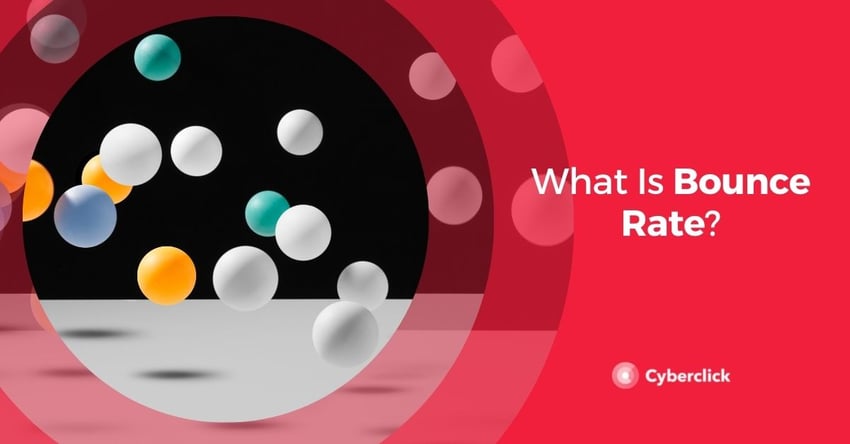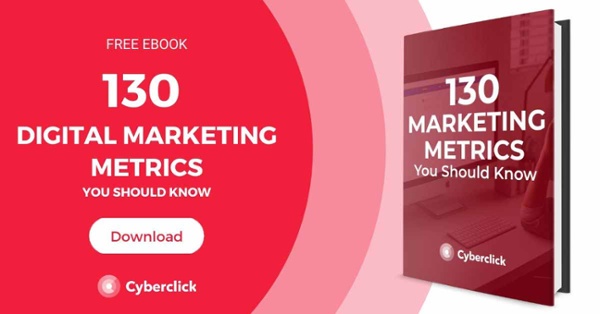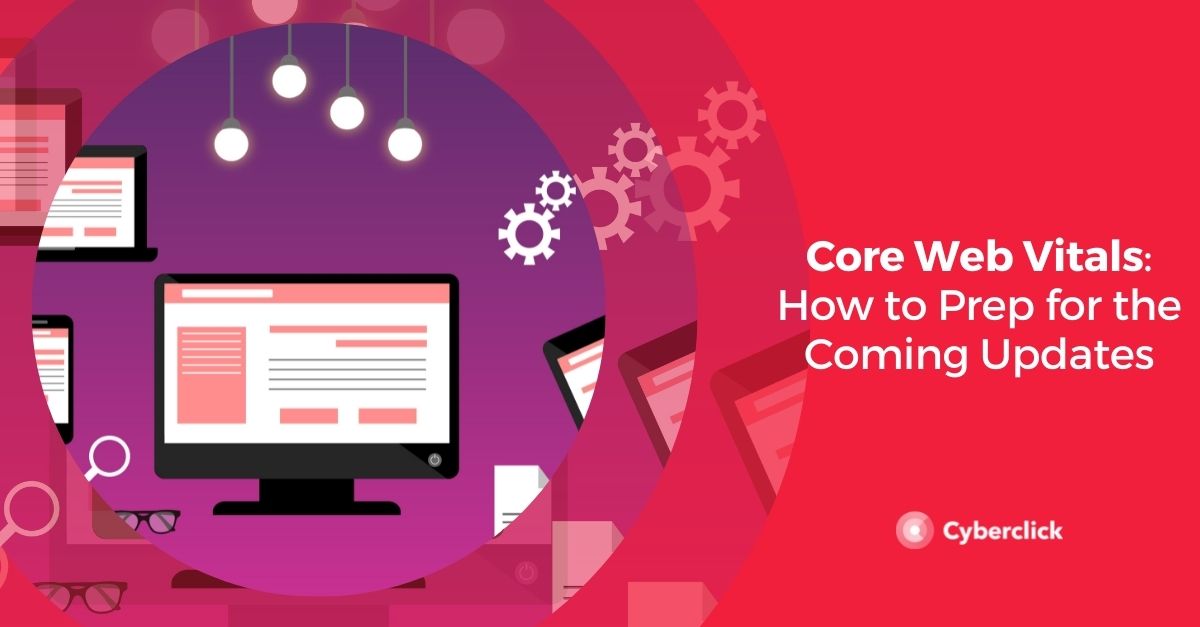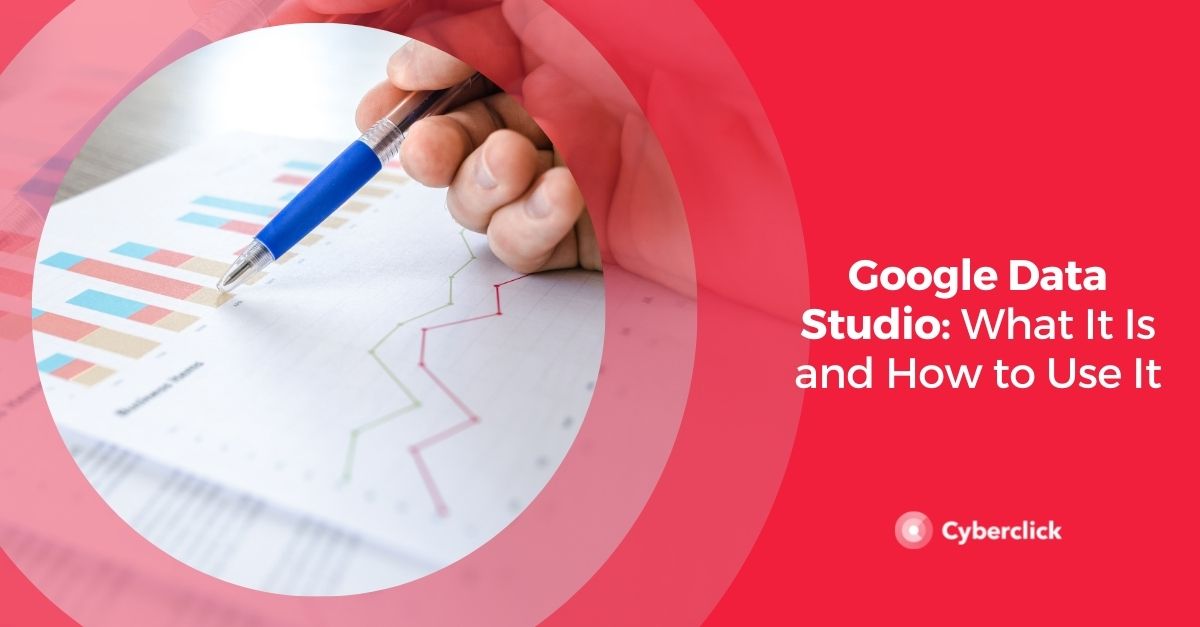Bounce rate is a metric that every marketing team wants to reduce. As marketers, we want users to engage with our content and websites whether by clicking through, filling out a form, or making a purchase. These user activities signal that our digital marketing plan is working. Conversely, a high bounce rate signals that users aren’t engaged and are leaving without taking any action.
But what is a good bounce rate? We’ll get to that, but first let’s define what exactly a bounce rate is and why it’s important.

What Is Bounce Rate?
Bounce rate is the percentage of visitors who visit your site and leave before taking any action. As mentioned, this could be any form of engagement: clicks, forms, purchases, etc. Your bounce rate is an extremely important metric to track as it directly represents the effectiveness of your website’s ability to market your products. Although a certain percentage of people who click through to your site might do so by mistake, bounce rate is a great overall indicator of website performance.
Whether it’s your site layout, user experience, bad copywriting or other issues—people are leaving your site for a reason. This means less conversions and less sales, two things you can’t afford to ignore. Additionally, bounce rate is also an important ranking factor for Google and other search engines. Google wants to serve up quality content to users, so if your site has a high bounce rate that tells Google that there must be issues with it, which means you’re less likely to show up on page one of search results.
What Is a Good Bounce Rate?
Obviously you want to reduce your bounce rate, but what’s considered a good bounce rate? Well that depends on your industry but the overall average bounce rate is 41 - 51%. Concerning different industries average bounce rates vary quite a bit.
- Blogs - 65 - 90%
- Landing pages - 60 - 90%
- Non-ecommerce content - 35 - 60%
- B2B - 25 - 55%
- Ecommerce and retail - 20 - 45%
Ecommerce sites achieve lower bounce rates as people are generally visiting to either make a purchase or not. They might click on a product page, watch a video, or even add things to their cart. Blogs and similar content are typically visited to discover that specific information and nothing else. You read a piece of news or find out a cooking tip like how to separate an egg yolk from an egg white, for example, and then leave.
Where your traffic is coming from can also influence your bounce rate. Emails and referrals lead to a low bounce rate of around 35%, while social and display ads are in the 40 - 55% range. Traffic sources are an important factor to consider and work on when managing your bounce rate.
How to Lower Your Bounce Rate
Lowering your bounce rate can be achieved through a number of activities. It all starts with how your visitors experience your site, so putting yourself in their shoes is a great starting point. Is your site well designed and attractive? Is it easily navigable and well structured? Is your copy compelling? Things that can increase your bounce rate:
- Slow loading time
- Missing content
- Pop-ups
- Not mobile responsive
- Low-quality content
Improving your UX is an obvious way to lower your bounce rate and should be a priority. That said, here are a few more specific ways to lower your bounce rate and make more conversions.
Add Video Content
Video content has been shown to lower bounce rate by 11% with some reporting up to a 34% reduction. That’s because we all love videos; we’re able to consume and understand video content faster and more easily than any other medium. Our limited attention spans also make short videos especially appealing. These videos can be embedded from your YouTube channel or from others’ accounts as long as they’re relevant to what you’re offering. Adding video is an excellent way to improve your bounce rate and deliver great content.
Use PageSpeed Insights Tool
Google’s PageSpeed Insights Tool is especially handy for optimizing your pages for maximum performance. It’s also free. Slow loading time is one of the most common reasons users leave your site and there are a number of ways you can speed things up. After entering your url, Google will analyze your page and you’ll get a ‘page speed score’. To find out what you can do, click ‘Opportunities.' Here you’ll see a list of things to fix to speed up your page. Common tasks include improving server response time, compressing images, getting rid of unused CSS or JavaScript, etc.
Your results might look something like this:
Use Heatmaps to Improve UX
As we’ve said, it’s all about the user experience. But do you know what people are actually doing on your page? Heatmaps can help. They show you exactly how people interact with your site whether it’s scrolling, clicking, or hovering. This will help you understand which elements of your site are interesting to people, and which aren’t. You can then make necessary changes. Try HotJar or Crazy Egg.
Optimize for Search Intent
Google prioritizes user search intent to provide results based on what people are actually trying to find. Google’s BERT Natural Language Processing (NLP) algorithms analyze search queries to provide the best possible results based on context. You should also research search intent for your brand and/or industry and optimize your pages for those specific queries. This satisfies users and Google, while simultaneously improving your ranking and overall SEO efforts.
Improving your bounce rate is one of the best things you can do to optimize your online marketing plan. Users are leaving your site for one reason or another and it serves you well to know why. By reducing bounce rate, you deliver a better user experience, attract and keep more customers, understand your market better, and support your SEO strategy. A better bounce rate can directly translate to more sales and a thriving online business.
Key Account Manager Engineer en Cyberclick. Experto en desarrollo de aplicaciones web e integraciones entre sistemas con más de 10 años de experiencia. Cuenta con una licenciatura en Matemáticas, Ciclo Formativo de Grado Superior en Desarrollo de Aplicaciones Informáticas y Ciclo Formativo de Grado Superior en Desarrollo de Aplicaciones Multiplataforma.
Key Account Manager Engineer at Cyberclick. Expert in web application development and system integrations with over 10 years of experience. He holds a degree in Mathematics, a Higher Degree in Computer Application Development, and a Higher Degree in Multiplatform Application Development.





Leave your comment and join the conversation